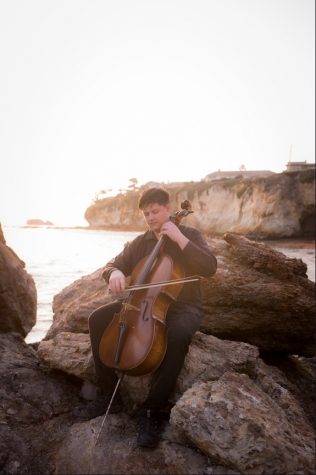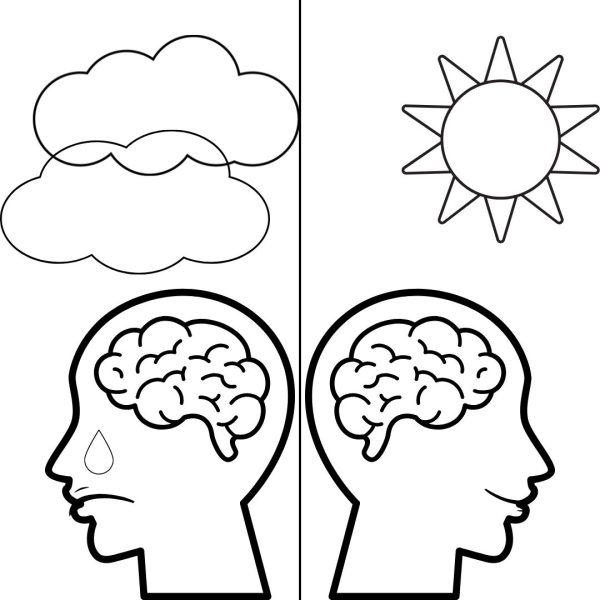Teachers give perspectives on student camera use
Many students enjoy looking at their screens for hours when it comes to watching movies and playing video games. However, the same enthusiasm doesn’t transfer to attending school online. Focus can become scattered, and pre-existing issues with attention can begin to worsen.
This switch to online learning has also been difficult for teachers. Views on how camera usage affects classroom interaction differ from teacher to teacher.
Cameras have been the defining issue of online learning and how teachers interact with students, and each teacher has a different perspective on how students leaving their cameras on or off during class affects the classroom environment.
The AP Environmental Science teacher, Clark Goossen, shared his view on what the effects of cameras are on the way he interacts with his students.
“It really does affect how I interact with students,” Goossen said.
“It’s a lot harder to move efficiently when students don’t have their cameras on. It’s harder to get to know the students, and it’s harder to work with them.”
Goossen’s primary issue is that in an in-person setting, he is normally able to read the students’ facial expressions and know when they are in need of help. This became an issue with distance learning, where he isn’t able to see most of his students at all.
It seems that the students who are the most engaged with online learning are the students that have their cameras on. However, those students don’t need the help that Goossen would normally be looking to give.
A different perspective was given by Sean Pierce, the AP Literature teacher.
“I like being able to see my student’s faces,” he said, “but each student deserves their own privacy. Being able to know what each person looks like is nice, though.”
This change in perspective comes with a different teaching style. Pierce tends to keep the desks in his classroom in a U shape, to encourage discussion. With an atmosphere of community in the classroom, students are encouraged to lead their own discussions, on topic, of course, with some input from Pierce.
“When we are in the classroom, it’s like we’re a family. We take care of each other,” Pierce said.
This idea that the students work together in the class is perpetuated in his online classroom as well, where many students have their cameras on depending on the day or discussion.
A third perspective was given by Algebra teacher Katrine Bryan.
“It’s hard to tell if the biggest change [in teaching style] is from the cameras or from the situation we’re in,” Bryan states. “It flipped the way I teach, but that might be based on the situation.”
She noted that in one-on-one scenarios, such as tutoring sessions, students tended to have cameras on more often.
All three teachers agree that students tend to have more confidence in speaking when the camera is off, leading them to believe that the privacy and anonymity that being behind a screen creates leads to an increase in confidence in more anxious students, though more research would be required to prove this for a fact.
It is clear that the online school structure is yet another way that the pandemic will alter our daily lives for what could be years to come.

Matthew VanderKelen is a senior and a first-year reporter with the Eagle Times. Matthew is a cellist with the San Luis Obispo Youth Symphony, and enjoys...






